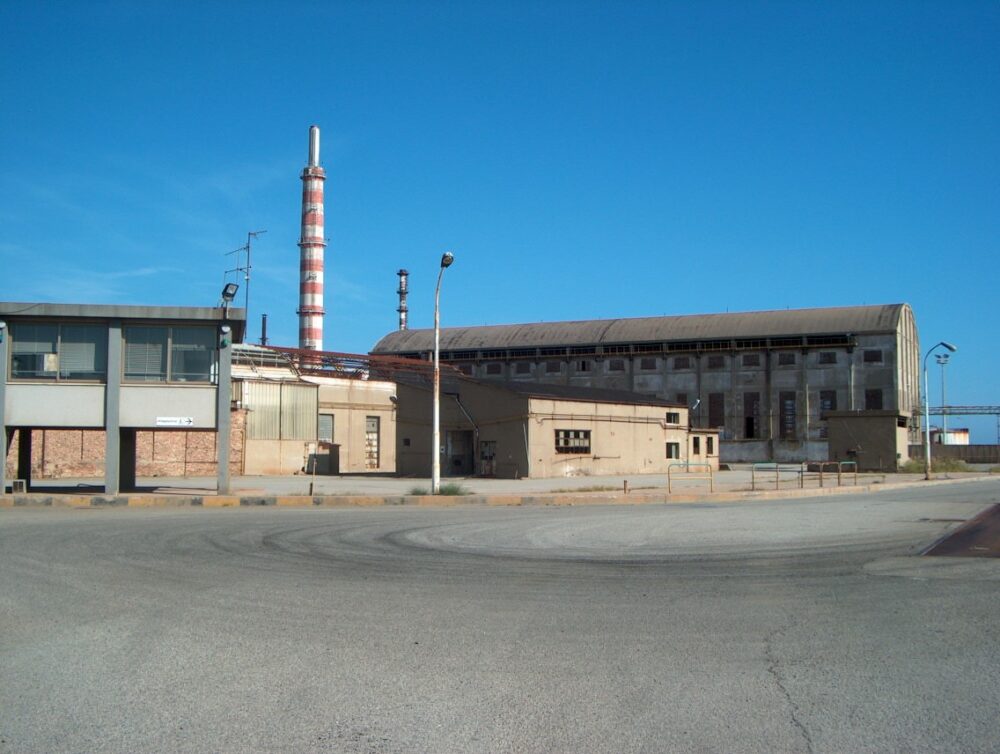THE CENTRAL TOPIC OF THE FOLLOWING TEXT IS THE ASSESSMENT AND MANAGEMENT OF THE HEALTH AND ENVIRONMENTAL RISK CAUSED BY INDUSTRIAL CONTAMINATION OF CROTONE SIN, WITH PARTICULAR ATTENTION TO THE ONCOLOGICAL EFFECTS LINKED TO ENVIRONMENTAL PATHOGENESIS AND POSSIBLE PREVENTION STRATEGIES
We receive and publish an observation from the oncologist Dr. Pasquale Montilla, Scientific Consultant of the National Asbestos Observatory ONA Rome, reported to Site of National Interest (SIN) of Crotone.
The SIN of Crotone and its poisons
The SIN of Crotone with its poisons was supposed to represent an advanced scientific reflection by applying molecular predictive statistical models and onco-toxicological screening in the evaluation of the damage suffered on the human species. Rapid primary and secondary prevention with recalibration of the health data acquired would have guaranteed greater control over oncological diseases correlated to environmental pathogenesis. The lack of procedural strategies and cognitive errors by not applying the simplest of Bayesian reasoning and the interactive evaluation of hypotheses have created a serious leap in quality of the persistent contamination of industrial contaminants in the environment and on the human species. In short, a dramatic area of alienation was produced.
Cognitive errors and lack of strategies
To recalibrate targeted health interventions and shed light on long-term effects, a toxicological study and genetic analyzes on samples of exposed resident populations would have been sufficient. In a potentially contaminated and highly mutagenic environment it was necessary to hypothesize rates of oncogenic genetic mutations. Paradoxically, only concerns about the altered balance of the environment and the real probable genetic vulnerability continue to be raised. From the degradation of a metal industry such as the former Pertusola in Crotone, a study with genetic mapping on the population exposed to contaminants could provide valuable information on how to manage the effects of prolonged exposure to low-level radiation and save human lives.
Summarizing the topic:
– The SIN of Crotone represents an emblematic case of failure in the scientific and health management of environmental damage.
– The application of molecular predictive models, toxicological screening and genetic analyzes could have improved the prevention and control of oncological diseases.
– Cognitive errors, lack of strategies and the non-use of statistical approaches, such as Bayesian reasoning, have aggravated the impact of persistent contamination.
– It is urgent to start toxicological and genetic studies on the exposed population to monitor long-term effects and prevent oncogenic pathologies caused by genetic mutations induced by contaminants.
– Genetic mapping of the affected population would provide valuable tools to manage low-dose radiation exposure and mitigate future health harms.
The environmental damage of the former Pertusola Sud of Crotone
The ex-Pertusola Sud of Crotoneone of Italy’s largest metallurgical industries, has contaminated the environment for decades. Tons of toxic waste, containing arsenic, lead and cadmium, have been dispersed without any adequate environmental regulation or effective containment measures. This pollution has poisoned the entire surrounding area, transforming Crotone into one of the most contaminated places in Italy.
The SIN of Crotone was established to reclaim the industrial area, built in the first decades of the twentieth century, and the marine landfills connected to it. However, the project turned out to be a symbol of inefficiency and abandonment. Bureaucratic delays and a lack of political will have left the territory in a prolonged state of degradation.
A significant part of the funds allocated to the cleanup was spent on preliminary studies and consultancy, without producing concrete interventions. Lavv. Ezio Bonannipresident ofNational Asbestos Observatory has repeatedly denounced this situation at an institutional level, urging a rapid acceleration of the recovery operations and greater involvement of the local population.
«It is no longer acceptable – says Bonanni – that the population of Crotone continues to live in a toxic environment while time is wasted on studies that lead to nothing concrete.”
Meanwhile, toxic substances continue to contaminate soil and groundwater. This pollution represents a persistent threat to public health and the ecosystem. Inertia in resolving this emergency not only damages the landscape and natural resources, but subjects the population to serious health risks on a daily basis.

